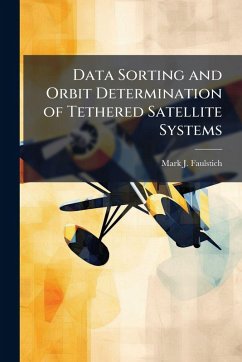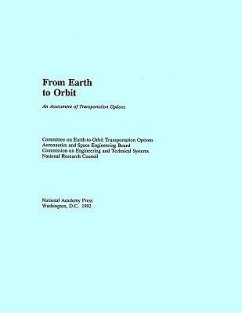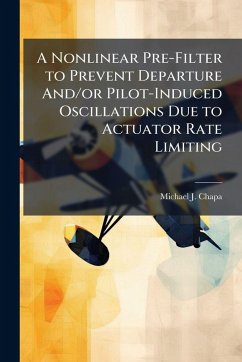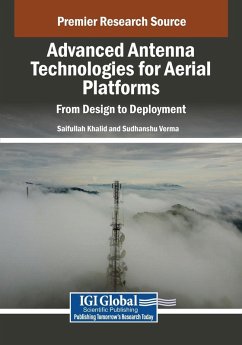
System Identification of an on Orbit Spacecraft's Antenna Dynamics
Versandkostenfrei!
Versandfertig in über 4 Wochen
15,99 €
inkl. MwSt.
Weitere Ausgaben:

PAYBACK Punkte
8 °P sammeln!
The research presented here is a follow on to previous efforts [Pachter, Barba, 2007] in which a tight control loop was designed to meet performance specifications while minimizing the control gains of a spacecraft mounted flexible antenna. Emphasis is now shifted to system identification in order to increase nominal plant knowledge, estimate plant uncertainty bounds, as well as determine the disturbance band. Knowledge of the plant dynamics along with the corresponding uncertainty bounds will provide for the design of a control system which meets the specifications (tracking and disturbance r...
The research presented here is a follow on to previous efforts [Pachter, Barba, 2007] in which a tight control loop was designed to meet performance specifications while minimizing the control gains of a spacecraft mounted flexible antenna. Emphasis is now shifted to system identification in order to increase nominal plant knowledge, estimate plant uncertainty bounds, as well as determine the disturbance band. Knowledge of the plant dynamics along with the corresponding uncertainty bounds will provide for the design of a control system which meets the specifications (tracking and disturbance rejection) while at the same time employing the lowest possible gain. This in turn is conducive to sensor noise disturbance rejection, avoidance of actuator saturation, and excitation of high frequency modes. This work has been selected by scholars as being culturally important, and is part of the knowledge base of civilization as we know it. This work was reproduced from the original artifact, and remains as true to the original work as possible. Therefore, you will see the original copyright references, library stamps (as most of these works have been housed in our most important libraries around the world), and other notations in the work. This work is in the public domain in the United States of America, and possibly other nations. Within the United States, you may freely copy and distribute this work, as no entity (individual or corporate) has a copyright on the body of the work. As a reproduction of a historical artifact, this work may contain missing or blurred pages, poor pictures, errant marks, etc. Scholars believe, and we concur, that this work is important enough to be preserved, reproduced, and made generally available to the public. We appreciate your support of the preservation process, and thank you for being an important part of keeping this knowledge alive and relevant.












